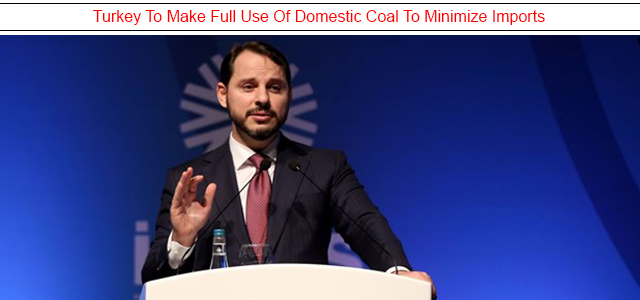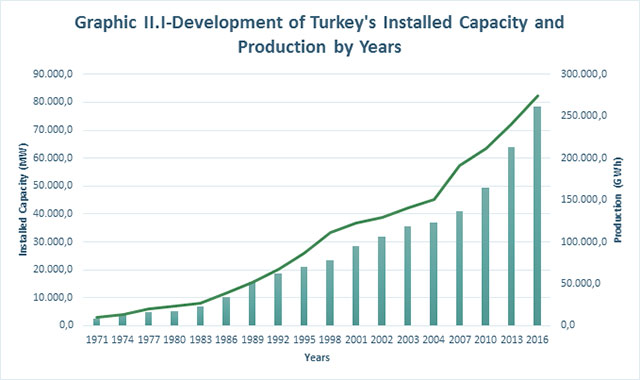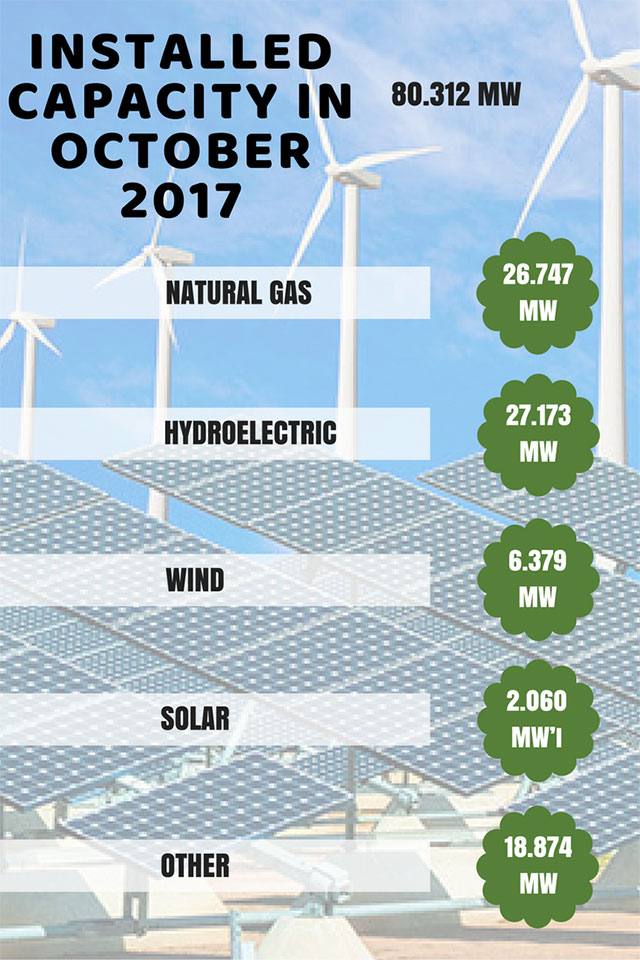
Quality assurance plays a crucial role in achieving a robust photovoltaic (PV) market that investors, policy makers and consumers can have confidence in, according to a report launched by the International Renewable Energy Agency (IRENA) on Friday.
The Boosting Solar PV Markets: The Role of Quality Infrastructure report was released in Santiago, Chile, at the Forum on Regional Cooperation: Developing Quality Infrastructure for Photovoltaic Energy Generation.
IRENA, the German National Metrology Institute and Solar Committee of the Chilean Economic Development Agency organized the event, which was funded by the German Ministry for Economic Cooperation and Development.
IRENA Director-General Adnan Z. Amin said that from this recent report through identifying success stories from frontrunner countries, the benefits of providing quality infrastructure services result in substantial additional revenues for PV markets and are essential for the continued expansion of renewables in the region and beyond.
"The implementation of quality infrastructure can enable an effective route to achieve policy objectives of renewable energy, as it has a positive impact in each of the stages of the technology lifecycle," the Director-General explained.
The report describes how a quality infrastructure can support the uptrend of newly installed PV capacity. This trend is expected to continue in the years to come as new markets in Latin America, the Middle East, North Africa and Southern Asia continue to expand. IRENA projects that by 2030 total installed PV capacity could range between 1,760 gigawatts (GW) and 2,500 GW.
According to the report, from less than 10 GW worldwide in 2006, installed solar PV capacity reached nearly 300 GW in 2016. More than 71 GW was added in 2016, with over 113 billion invested in solar energy technologies.
"However, comprehensive quality assurance requires physical and institutional infrastructure. This so-called Quality Infrastructure comprises the total institutional network and legal framework that formulates and implements standards," the report says.
It also includes testing, certification, metrology and accreditation.
Independent quality testing under engineering, procurement and construction contracts can boost PV system performance by 2−3 percent, one case study shows.
While attending the event, Chile’s Minister of Energy, Andres Rebolledo, commented on the role that the PV market is playing in the country. He said Chile is expecting a solar revolution as a result of the solar energy policies implemented in the last three years.




